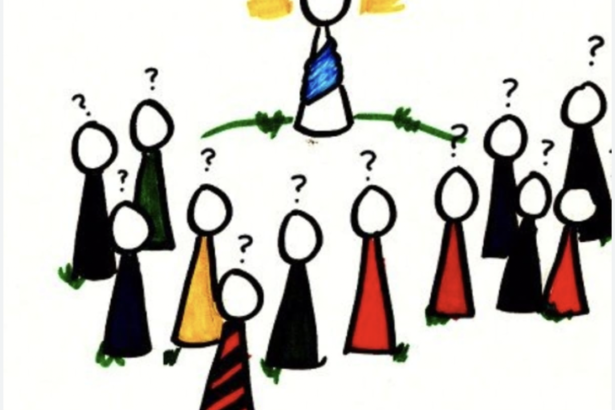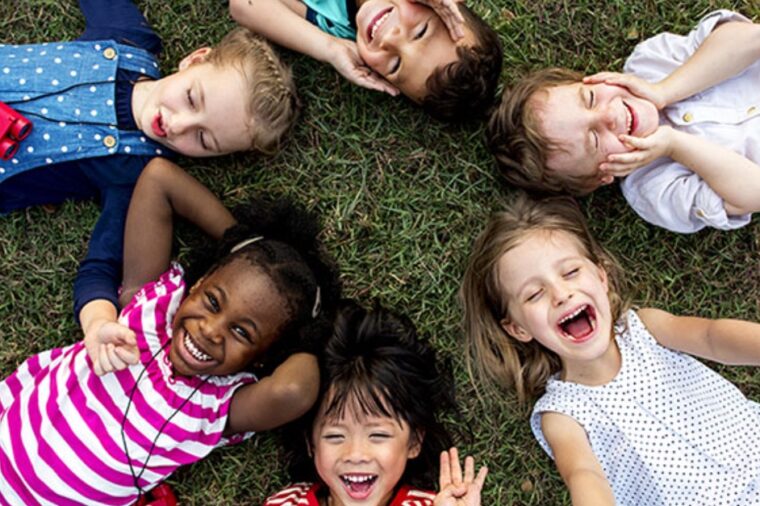
Topic question: how does play affect a child’s mental health?
This big topic question will have implications on a global level because we need to focus on the future generation for the future well-being of our world by focusing on children. Furthermore, by informing the community about mental health, we will be able to decrease the global percentage of depression, anxiety, and suicide. Mental health affects all ages, so everyone will be able to profit from this project. Finally, stable mental health helps us with adversities like the death of a loved one, the school environment and physical health. I hope to positively affect our community by researching this inquiry project.
Sub-inquiry question: What are the positive and negative effects of play on a child’s mental health?
What are the positive and negative effects of play on a child’s mental health? I will explain both the negative and positive sides of child play affecting mental health to give a more non-biased answer. This will help me answer my topic question because it will help me figure out what forms of play should be implemented in early childhood. For example, if hands-on activities are therapeutic for kids, we will learn to provide more hands-on activities in school to help them relax.
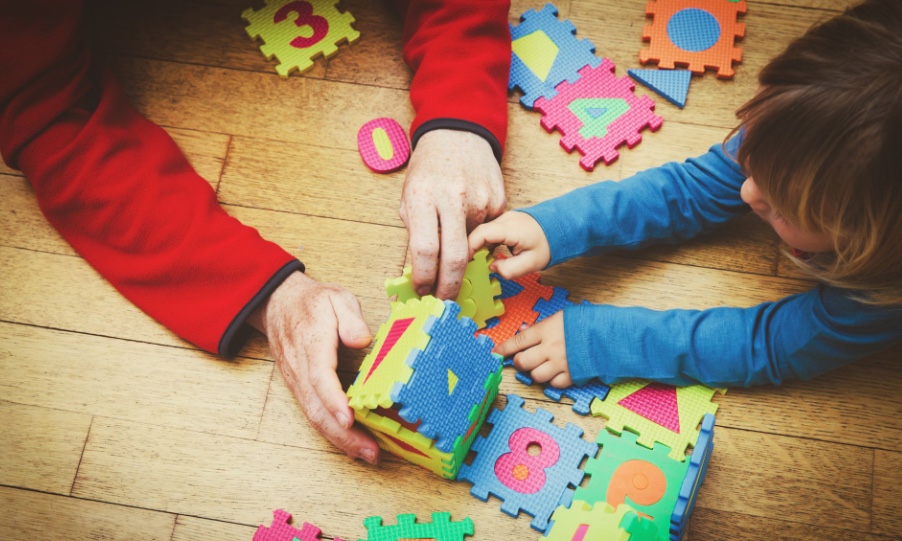
There are many positive sides of child’s play on a child’s mental health. It gives children a comfortable space to engage with their peers (1). For example, when we play kitchen, we are encouraged to ask our peers what they would like to eat (1). Furthermore, play helps build confidence (1). For example, when kids finish a puzzle, they feel proud that they were able to use their motor skills and concentration (1). Moreover. play allows kids to think outside the box to accomplish their tasks (2). It will spark their creativity in their art (2). Also, this will build a sense of identity for them because they will learn more about themselves through the activities (3). For example, they will learn that they prefer drawing over painting (3). Next, play helps mental health because it helps kids know when to ask for help and when they can accomplish the task by themselves (4). It challenges them to do most of the tasks themselves (4).

However, there are also many negative sides to child’s play. A child may become excluded during child’s play (5). They may feel more depressed and easily anxious because of this negative experience (5). Next, child’s play may also use technology, so it may encourage unhealthy comparison (5). For example, when I recently volunteered with a child, she said she felt angry. This was because she thought felt too fat compared to her social media model friends. This may encourage children to fit the beauty standards of social media and discourage diversity (6). Finally, it is very important to monitor every child’s play activity because it may be very addictive. This may discourage children from trying a wide variety of activities. For example, the children may have low numeracy skills because they only spent time reading instead of solving math problems (6).
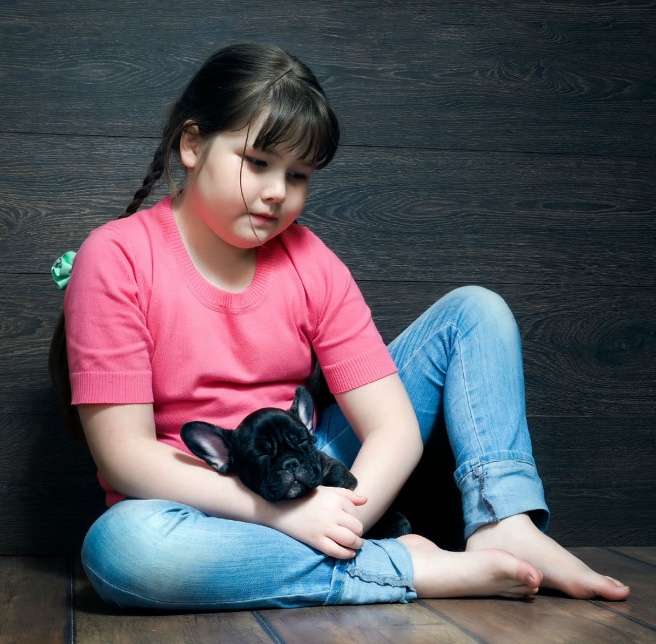
Lastly, the positive and negative effects of child’s play depend on the types of child’s play activities (7). For example, doing sports as a child’s play may be more beneficial for a child’s mental health instead of spending all day on easy math problems (7). We need to make sure that kids are fully engaged in a wide range of play activities (sports, crafts, literacy skills and numeracy skills) to ensure that learning is involved (8). They must be challenged while doing their play, so they can learn to be creative, social, have a sense of self and know when to ask for extra help (8). Parents can help greatly by engaging in their play by asking questions, so children feel encouraged to be challenged (8).
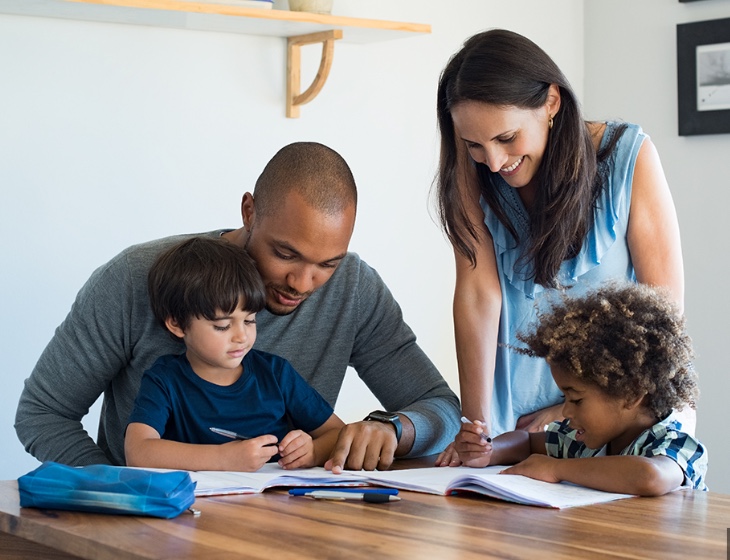
Since this is my last blog post, I will be working on summarizing all my blog posts for this semester to create my “Celebration of Learning” presentation. In this presentation, I will engage with other peers in person to show them what I learnt. I will also answer their questions to help them understand how child play affects a child’s mental health. I will use no words in my presentation to show that I know my presentation well. I hope you have enjoyed reading my blog post #5.
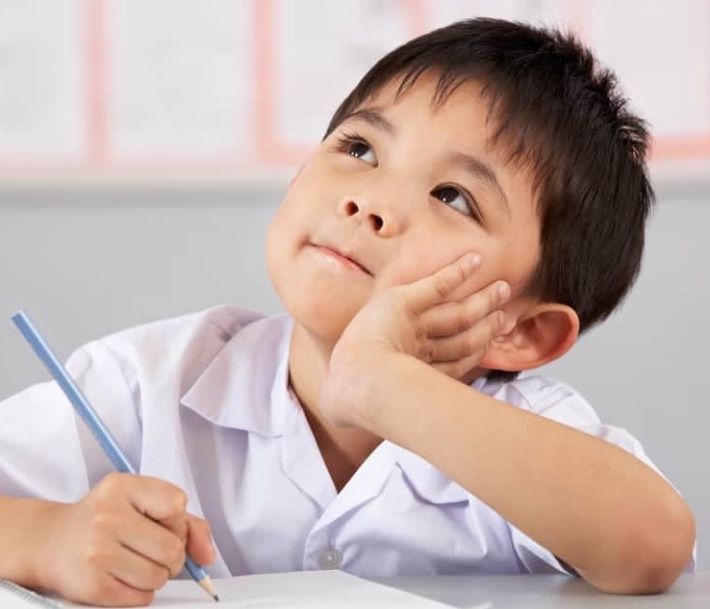
ALL SOURCES ARE PEER-REVIEWED:
- “The Importance of Play: How Kids Learn By Having Fun.” Healthline, 28 Sept. 2020, https://www.healthline.com/health/the-importance-of-play.
- The Importance of Play in Children’s Learning and Development. 13 June 2019, https://www.startingblocks.gov.au/other-resources/factsheets/the-importance-of-play-in-children-s-learning-and-development.
- How Play Helps Children’s Development | Nidirect. 27 July 2018, https://www.nidirect.gov.uk/articles/how-play-helps-childrens-development.
- “Play in Early Childhood: The Role of Play in Any Setting.” Center on the Developing Child at Harvard University, https://developingchild.harvard.edu/resources/play-in-early-childhood-the-role-of-play-in-any-setting/. Accessed 14 Feb. 2024.
- Play Based Learning Activities for Children Aged 3 to 10 | UNICEF North Macedonia. https://www.unicef.org/northmacedonia/play-based-learning-activities-children-aged-3-10. Accessed 14 Feb. 2024.
- Bozzola, Elena, et al. “The Use of Social Media in Children and Adolescents: Scoping Review on the Potential Risks.” International Journal of Environmental Research and Public Health, vol. 19, no. 16, Aug. 2022, p. 9960. PubMed Central, https://doi.org/10.3390/ijerph19169960.
- Allowing Youth Sports to Be Child’s Play. https://www.nationwidechildrens.org/specialties/sports-medicine/sports-medicine-articles/allowing-youth-sports-to-be-childs-play. Accessed 14 Feb. 2024.
- College, Western Community. “What Is Family Engagement in Early Childhood Education?” Western Community College, 21 June 2023, https://wcc.ca/blog/what-is-family-engagement-in-early-childhood-education/.
Thank you,
Sarah Kim


